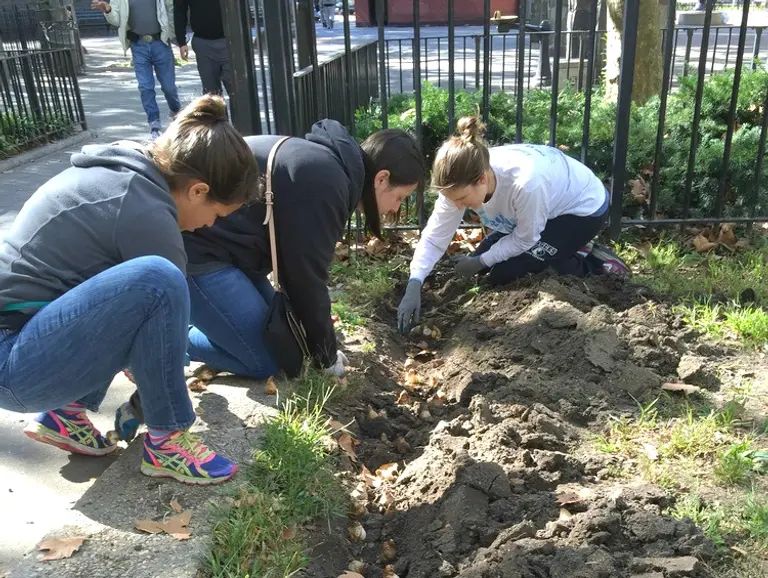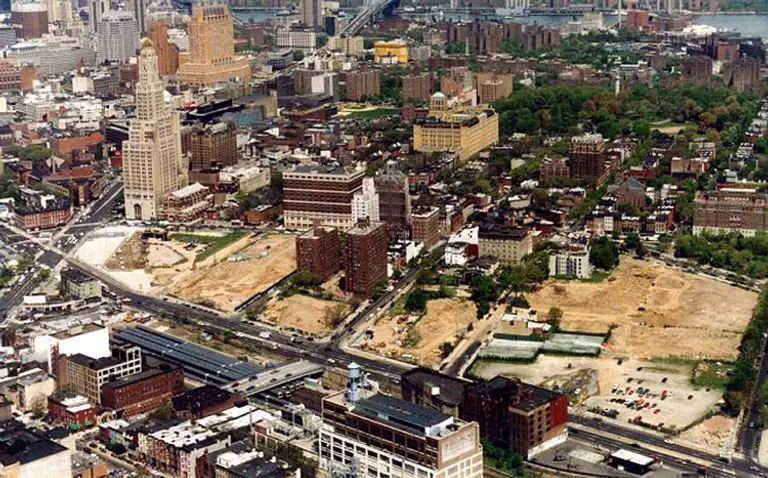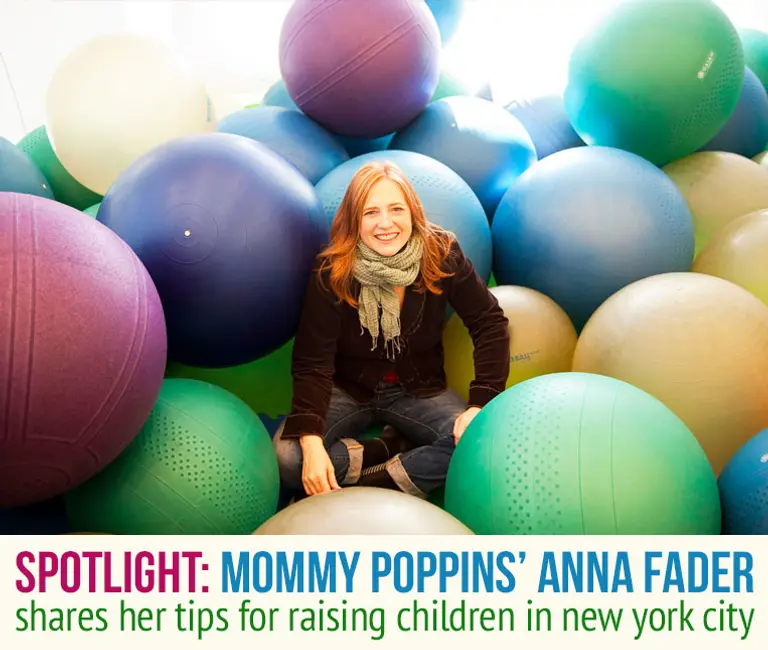New Bill Adds Penalties of up to $7,500 to Airbnb Laws
Who's for it, who's against it
New Yorkers may be surprised to learn that they do not live in the world’s loudest city. That dubious honor goes to Mumbai where noise levels have been known to reach close to 124dB. To put this figure into perspective, 124dB is somewhere between the sound levels typically reached by chain saws (120dB) and the […]
With so many high-end and ultra-luxury towers coming to the market, it’s becoming increasingly difficult for developers to stand out in the crowd. While wild amenities have typically dominated as a way to distinguish one’s building, some developers are trying to extend their reach even further by appealing to the artistic sensibilities of the wealthy. As CityRealty writes, for […]

Image: Fort Greene Park Conservancy
One architectural name dominating the new development scene is CetraRuddy. Nancy Ruddy and her husband Jon Cetra formed the firm back in 1987, and over the decades that followed the pair built an architectural powerhouse that’s erected countless buildings across the globe. But while their breadth of work touches everything from the educational to hospitality to […]

The Atlantic Yards (now known as Pacific Park) in Brooklyn where eminent domain was used to take property. Image via Atlantic Yards Report

Image courtesy of New York Family